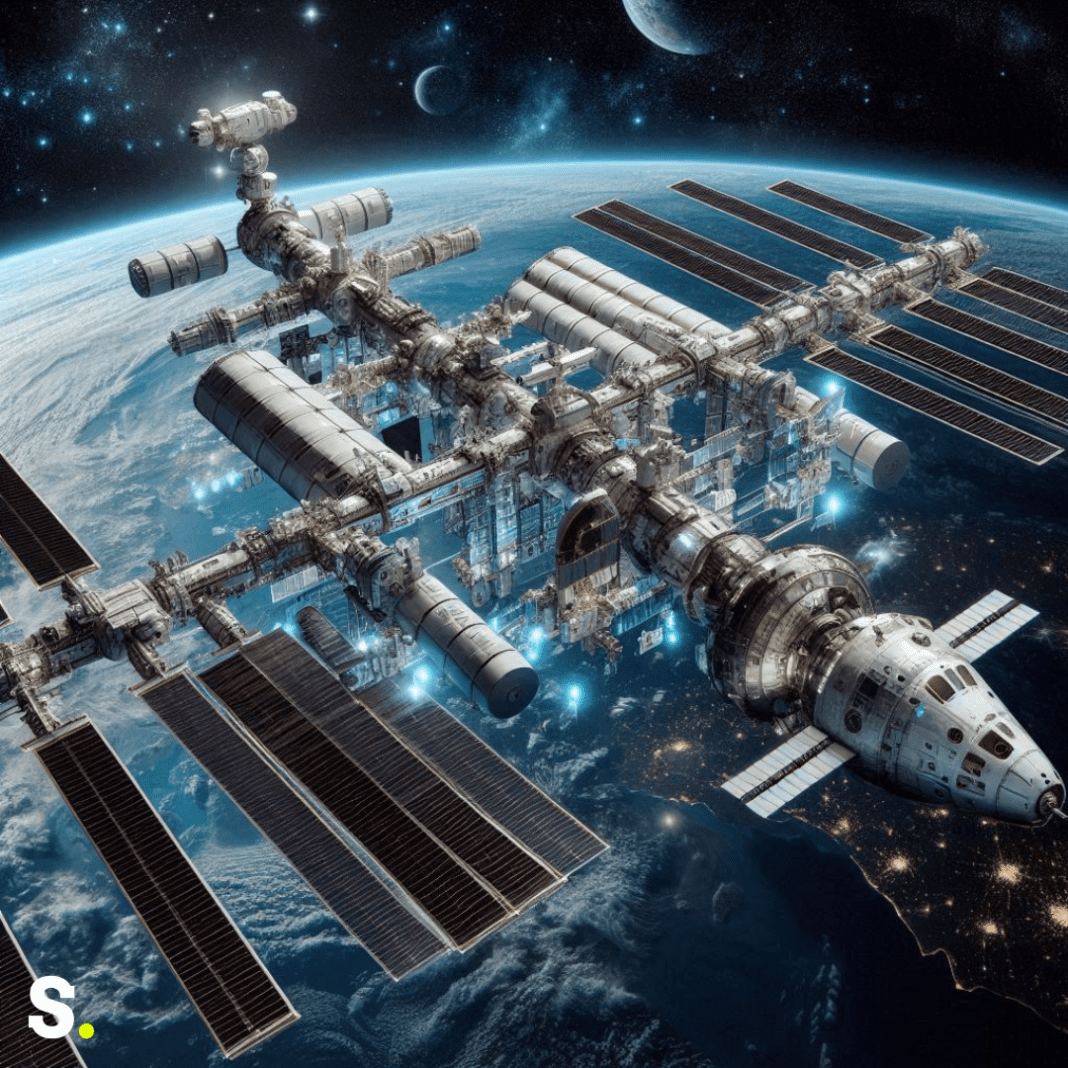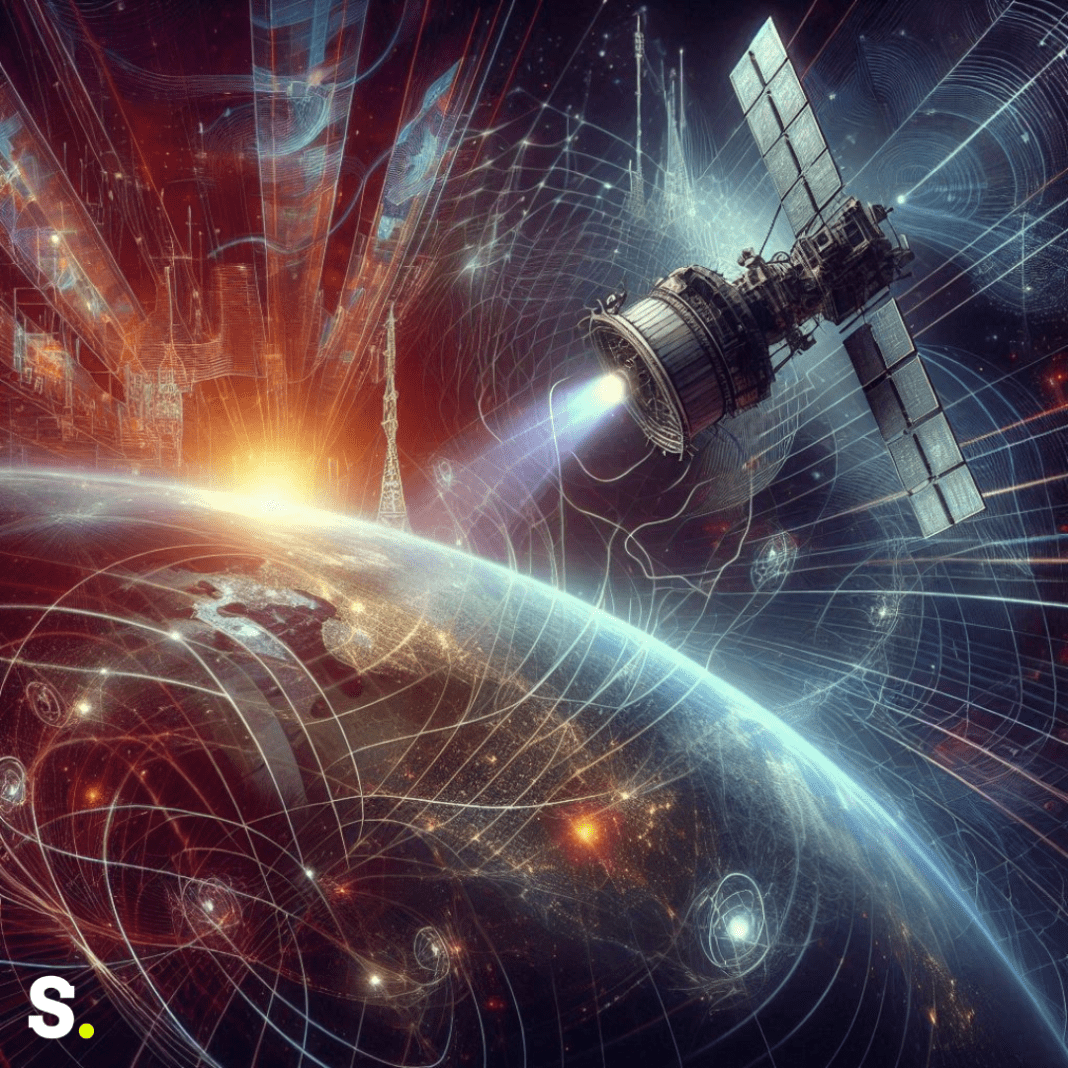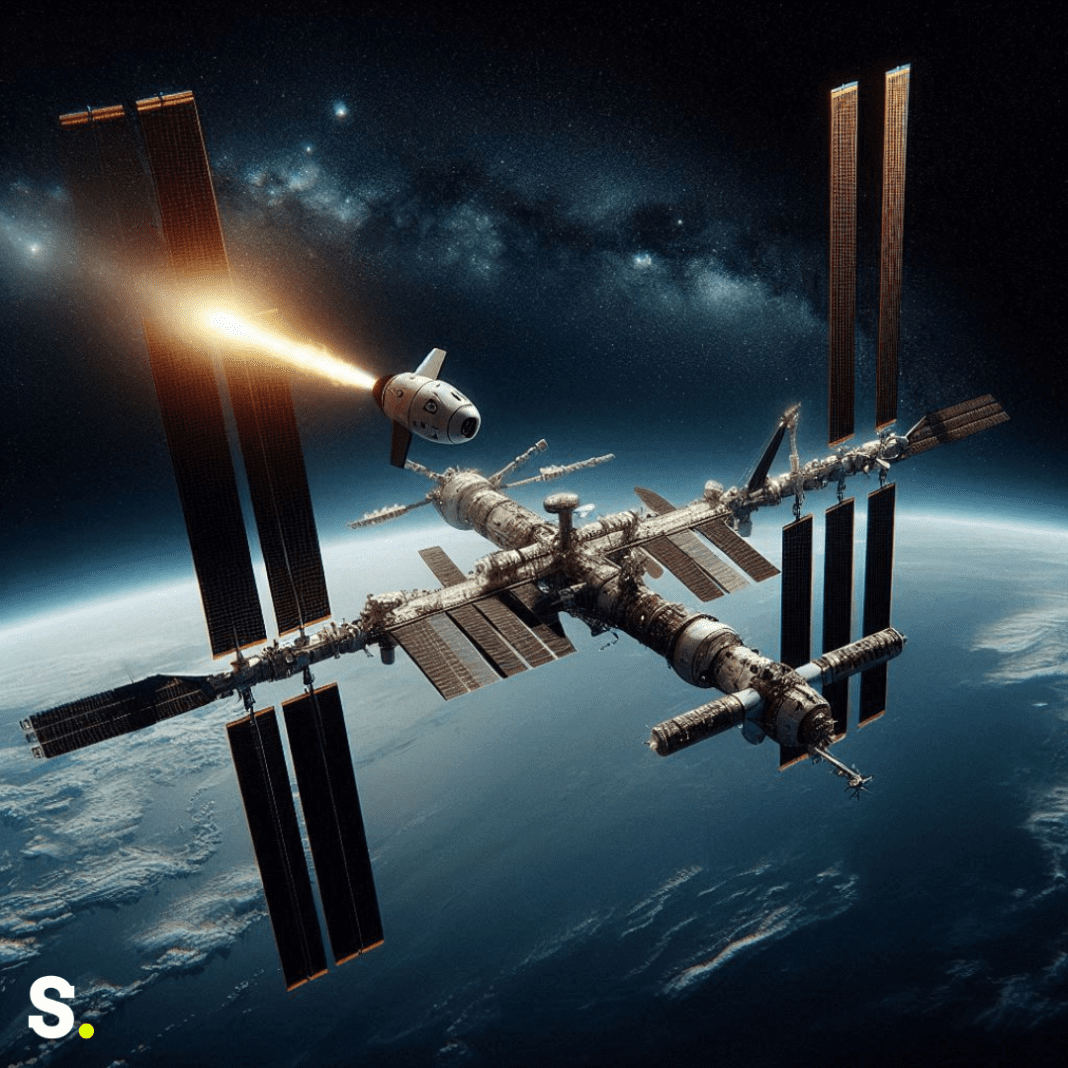In June, two astronauts embarked on a mission to the International Space Station (ISS) aboard a cutting-edge spacecraft. Initially planned as an eight-day trip, their stay has unexpectedly extended, potentially lasting until 2025, due to unforeseen technical issues. This abrupt change has transformed a routine mission into an extended and challenging experience, requiring the astronauts to adapt to life on the ISS for an indefinite period.
The Spacecraft’s Technical Troubles
The astronauts’ journey to the ISS began with excitement as they boarded a new spacecraft, a marvel of modern engineering designed to shuttle astronauts to and from space safely. However, shortly after docking at the ISS, the spacecraft encountered a series of technical problems. These included helium leaks and thruster failures—critical systems needed for the spacecraft’s safe return journey to Earth. These issues raised concerns about the reliability of the spacecraft, leading to a delay in the planned return.
While the spacecraft’s engineers have reassured that there is no increased risk associated with using the vehicle for the return trip, the delay in resolving these issues has prompted discussions about alternative plans. NASA is considering the possibility of using another spacecraft to bring the astronauts back, with SpaceX’s spacecraft being one of the options on the table. Until a safe and secure plan is finalized, the astronauts will continue their mission aboard the ISS, with the earliest possible return now expected in February 2025. What was supposed to be a brief visit has now become a long-term stay, stretching from days into months and possibly over a year.
Life of Astronauts on the International Space Station
Living aboard the ISS is no ordinary experience. The space station, which spans 356 feet—about the size of an American football field—serves as a home and workplace for the astronauts. The station is equipped with six sleeping quarters, two bathrooms, a gym to help the crew stay fit in the microgravity environment, and a bay window offering stunning 360-degree views of Earth and space. Alongside the two astronauts who were scheduled to return, seven other crew members share the space station.
Despite the unexpected extension of their mission, the astronauts have access to the resources they need to live and work comfortably in space. The ISS is designed to be a self-sustaining environment. One of the key systems on the station is the oxygen-generating system, which ensures a continuous supply of breathable air for the crew. This system is so efficient that it can recycle about 50% of the oxygen from the carbon dioxide exhaled by the astronauts, reducing the need for fresh oxygen supplies.
Water is another critical resource on the ISS, and the station’s water recycling system plays a vital role in maintaining an adequate supply. This system is capable of turning urine and moisture from sweat into clean, drinkable water, ensuring that the astronauts have enough water for drinking, cooking, and hygiene. These recycling technologies are essential for long-duration space missions, where resupply opportunities are limited.
When it comes to food, the astronauts rely on meals prepared at NASA’s Space Food Systems Laboratory in Houston. These meals are specially designed for space travel, available in dehydrated or ready-to-eat forms that are easy to store and prepare in microgravity. The astronauts also receive occasional treats from Earth, such as their favorite snacks sent by their families. One of the astronauts, for instance, enjoys a special spread sent from home, which has become a cherished part of their diet in space.
Supplies are regularly sent to the ISS to ensure the crew has everything they need. The last resupply mission arrived on August 6, after being launched from Kazakhstan in late May. This delivery included not only essential supplies like food and water but also personal items such as clothing, which the astronauts received after several weeks in space.
Maintaining personal hygiene in space is another unique challenge. The ISS has a specially designed toilet system that uses suction to manage waste in the microgravity environment, ensuring cleanliness and comfort for the crew. Sleeping in space also requires some adjustments. While astronauts could technically sleep anywhere in the weightless environment, they have small, private sleeping pods where they can rest inside sleeping bags, ensuring a sense of normalcy in their daily routine.
Daily Life and Ongoing Work
Despite the unforeseen extension of their mission, the astronauts continue to carry out their duties on the ISS with determination and focus. In a press conference held in July, they provided an update on their activities, explaining how they have been keeping busy with various tasks, including conducting scientific research and performing necessary repairs on the station. They remain optimistic about the situation, trusting in the ongoing tests and evaluations of their spacecraft.
Although the circumstances are far from what they had expected, the astronauts have adapted well to their prolonged stay on the ISS. They have embraced the challenges of living in space for an extended period, continuing their work and contributing to the collective mission of space exploration. Their resilience and ability to adapt to this unexpected situation highlight the dedication and spirit of those who venture beyond Earth in the name of science and discovery.




